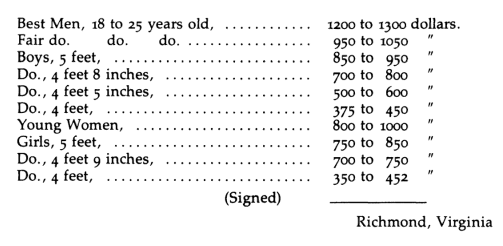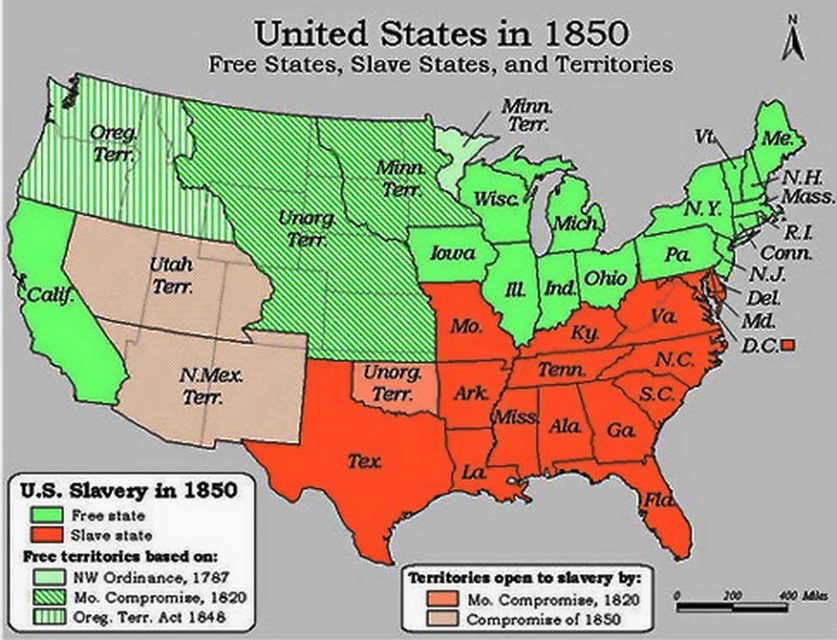
The Cost of Human Life: The Price of Slavery in the 1800s
In the annals of human history, the horrors of slavery cast a dark shadow. During the 1800s, countless individuals were bought and sold as chattel, their lives and worth reduced to a mere commodity. In this article, we delve into the grim reality of the slave trade and explore the chilling question: How much did a slave cost in the 1800s?
The Market for Human Flesh: A Shameful Commerce
The slave trade was a cruel and profitable business, with its roots deeply embedded in racial and economic inequality. Slave ships embarked on perilous journeys across the Atlantic Ocean, transporting their human cargo from Africa to the Americas, where they were sold at auction to the highest bidder.
The price of a slave varied significantly depending on several factors, including their age, skills, and health. Prime-age, healthy individuals commanded the highest prices. Skilled workers, such as blacksmiths and carpenters, were also worth more than laborers with limited abilities.
The Human Toll: Behind the Price Tag
Behind each price tag was a human being, stolen from their homeland and subjected to unimaginable suffering. The conditions on slave ships were horrific, with slaves often crammed into tight, unsanitary quarters for months at a time. Disease, starvation, and abuse were rampant, and countless lives were lost during the journey.
Once they reached the Americas, slaves faced a lifetime of toil and oppression. They were forced to work long hours in fields and factories, often under the brutal supervision of overseers. Their lives were governed by a strict code of laws that denied them basic human rights and dignity.
Factors Influencing the Price of a Slave
The price of a slave was determined by a complex interplay of factors, including:
-
Age: Younger slaves were more valuable as they had a longer working life ahead of them.
-
Skills: Skilled slaves, such as artisans and craftsmen, were in high demand and commanded a premium price.
-
Health: Healthy slaves were more likely to be productive and less prone to illness, making them more valuable.
-
Gender: Male slaves were generally more expensive than female slaves, as they were seen as stronger and more capable for physical labor.
-
Supply and demand: The price of slaves fluctuated with supply and demand. During periods of high demand, such as during the expansion of cotton plantations in the United States, prices could rise significantly.
Breaking the Chains: The Abolitionist Movement
The horrors of slavery sparked a powerful abolitionist movement, led by passionate individuals who fought tirelessly to end this inhumane practice. In the United States, the abolitionist movement gained momentum in the 1830s and 1840s, and culminated in the outbreak of the Civil War in 1861.
The Civil War ultimately led to the abolition of slavery in the United States, but the legacy of slavery continues to cast a long shadow over American society. The struggle for racial equality and justice continues to this day, and the lessons learned from the horrors of slavery remain a powerful reminder of the importance of human dignity.
FAQ: The Price of Slavery in the 1800s
Q: How much did an average slave cost in the 1800s?
A: The price of a slave varied depending on factors such as age, skills, and health, but on average, a prime-age, healthy male slave cost around $1,000-$1,500 in the United States in the early 1800s.
Q: What factors influenced the price of a slave?
A: The price of a slave was determined by a complex interplay of factors, including age, skills, health, gender, and supply and demand.
Q: How did the abolitionist movement contribute to the decline of slavery?
A: The abolitionist movement played a critical role in raising awareness about the horrors of slavery and mobilizing public support for its abolition. The movement’s efforts culminated in the outbreak of the Civil War in the United States, which ultimately led to the abolition of slavery.
Call to Action
The legacy of slavery continues to shape our world today. As we grapple with the challenges of racial inequality and injustice, it is more important than ever to remember the horrors of the past and to work towards a more just and equitable society. By understanding the history of slavery and its impact on present-day issues, we can better equip ourselves to fight for a brighter and more inclusive future.
Are you interested in learning more about the history and legacy of slavery?

Image: www.researchgate.net

Image: www.coolkidfacts.com
The Slavery Compensation Records 1838 · Bahamianology By 1860, slave labor was producing over two billion pounds of cotton per year. Indeed, American cotton soon made up two-thirds of the global supply, and production continued to soar. By the time of the Civil War, South Carolina politician James Henry Hammond confidently proclaimed that the North could never threaten the South because ” cotton